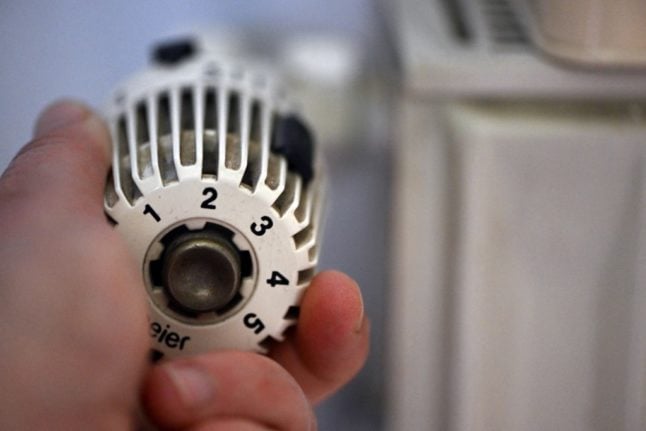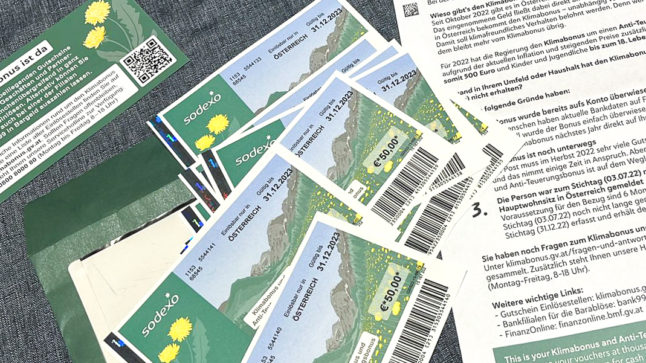As the war in Ukraine continues and European countries try and find ways to become less dependent on Russian gas, Austria is also having to deal with the energy crisis swiping through the continent. As a result, heating and electricity have become more expensive even as the federal government looks for ways to keep prices down or cushion the effects of rising inflation.
The federal government has announced an electricity price cap, subsidising part of the consumption for Austrian businesses and households. It has also put in place a series of measures to cushion inflation, including sending out the Klimabonus, a €500 cash payment to everyone who lives in Austria.
READ ALSO: EXPLAINED: How to keep energy bills down in Austria
And although the authorities continue to reiterate that there will be no rationing of gas or heating for homes, they did ask the population to try and reduce consumption. It turns out people in Austria are doing just that.
About 88 percent of the population are actively looking for ways to save energy, with just four percent saying they have taken no measures at all, new Ernst&Young research showed.
Many people, about half of the respondents, said they are worried that they will no longer be able to pay their bills on time in the future as prices soar. Almost six percent said they are already unable to pay energy bills, according to the EY Energy Price Barometer 2022 research.
“The massive turbulence in the energy market came as a surprise to many. It has been known for a long time that energy would become more expensive, but nobody could have expected an increase of this magnitude,” said Christina Khinast-Sittenthaler, head of the energy sector at EY Austria.
READ NEXT: Milk, cheese and eggs by 19.5 percent: How food prices in Austria are rising
“The extreme price increase is mainly due to the Ukraine war and the resulting shortage on the market. Due to the pricing model currently used in Europe for electricity, this has resulted in correspondingly high prices for all energy sources, not just gas”, she explained.
What are the most common measures taken?
The “favourite” energy-saving measures taken include only switching on the dishwasher when fully loaded (65 percent said they were doing that), reducing lighting (62 percent) and not using the clothes dryer (58 percent).
Half of the respondents said they also reduced heating temperatures in their homes.
“Many of the measures proposed in Mission 11, the government’s current energy-saving programme, are already being actively implemented by the citizens of our country. The survey results show that the population is very interested in saving energy and being part of the solution.
READ ALSO: ‘Mission 11’: Austrian government reveals tips on how to save energy and fuel
“That’s exactly what we need to get through the winter – a strong alliance between politics, the population and the economy,” Khinast-Sittenthaler said.
In the end, saving energy would do something good for not only personal finances but also the climate.
For most people in Austria, about 60 percent of the measures are taken to save money. Still, a large proportion of the respondents, some 33 percent, said they were also thinking about contributing to climate protection.
Seven percent of the people in Austria said they were thinking primarily about the environment when taking energy-saving actions.
READ ALSO: Reader question: Should I buy an electric heater in Austria this winter?
“The energy crisis is heralding a premature energy turnaround in Europe, primarily driven by high prices. In the long run, this could have a positive effect – but only if we take the right measures now and don’t fall into a kind of shock paralysis”, Khinast-Sittenthaler said.



 Please whitelist us to continue reading.
Please whitelist us to continue reading.
Member comments